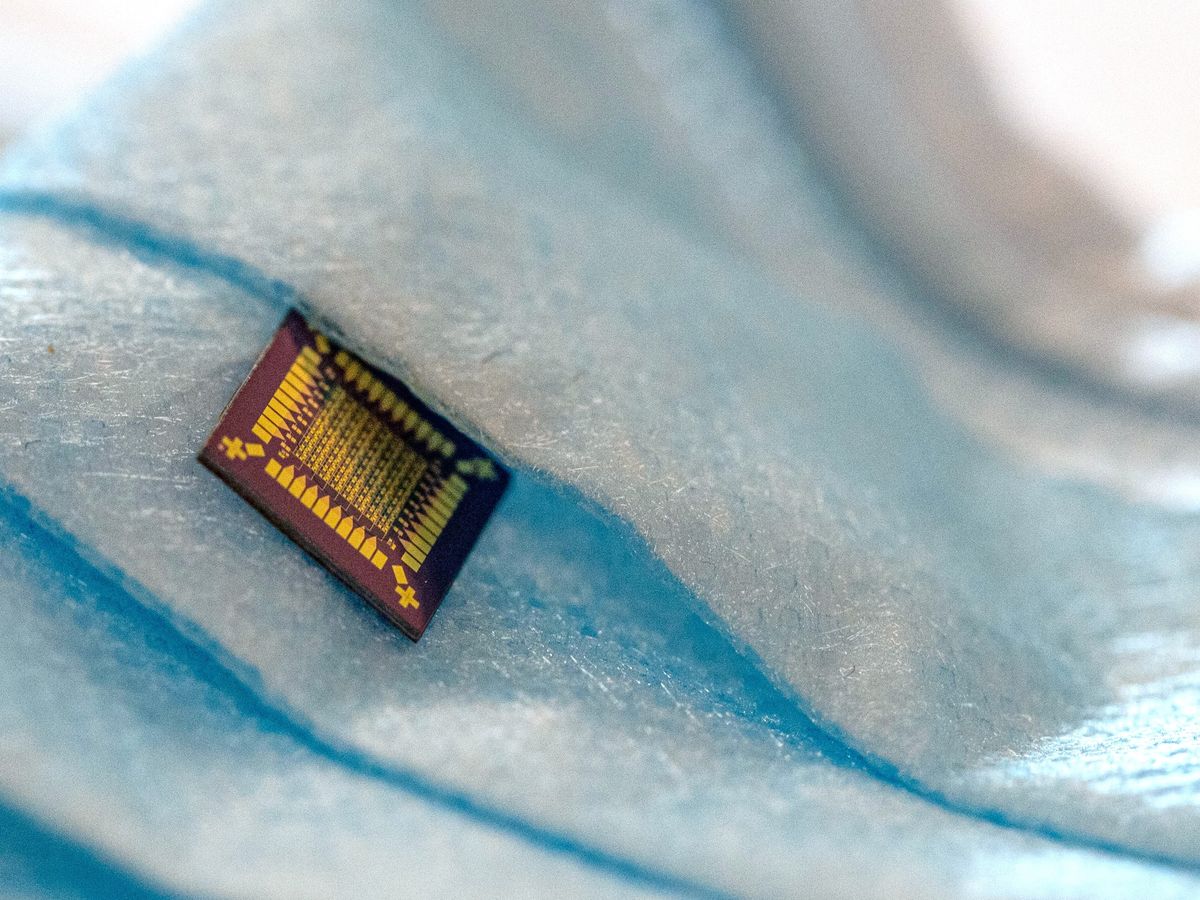Silk woven into transistors can result in highly sensitive, ultrafast sensors, new findings that could open doors to many other applications for the hybrid devices.
Transistors are typically made of inorganic materials, such as minerals and metals. However, adding organic materials to transistors could grant them new abilities, such as the ability to respond directly to the environment or the body.
In a new study, researchers experimented with using silk within a transistor. “It’s extremely versatile, capable of being embedded with many different molecules to open up a lot of functions,” says study senior author Fiorenzo Omenetto, an applied physicist at Tufts University in Medford, Mass. “We can also very exquisitely control its deposition to start integrating biology with technology, and it has shown really incredible surface properties, like atomic smoothness. And the solvent of its precursor material is water, which makes it biocompatible and sustainable.”
The researchers successfully produced silk films 3 to 300 nanometers thick on chips and etched them with features up to a few micrometers wide. They had the silk serve as the insulator within the transistor.
A transistor is essentially a switch that flicks on and off to encode data as ones and zeros. It has a metal electrical lead going in and coming out of a semiconductor material. It also possesses a source of electrical input called a gate that is separated from the rest of the transistor by an insulator. When the gate reaches a threshold voltage, it generates an electric field across the insulator. This in turn coaxes the semiconductor to let an electric current flow through the leads.
The nanoscale thinness of the silk films helped make them react to water molecules in the air, changing their electrical behavior and that of the transistor. This meant the hybrid transistors could serve as compact, ultrafast, highly sensitive breath sensors, detecting changes in humidity.
Omenetto and his colleagues used the same kind of fabrication techniques employed in commercial semiconductor manufacturing. “When you can make a billion of these devices, that’s when things start getting interesting really quickly,” he says.
The scientists noted they could produce a wide variety of hybrid electronics with further modifications of the silk. These devices could, for instance, analyze breath molecules to detect some cardiovascular and pulmonary diseases or sleep apnea. When used on blood, they could help scan oxygen and sugar levels or antibodies.
In the future, Omenetto imagines hybrid transistors could lead to brain-mimicking circuits that can train themselves, respond to environmental signals, and record memories, acting like the neural networks often used in artificial intelligence systems. “We really want to go to functional devices—not just single transistors, but to many connected transistors for more sophisticated integrated circuits,” Omenetto says.
The scientists detailed their findings in the journal Advanced Materials.
Charles Q. Choi is a science reporter who contributes regularly to IEEE Spectrum. He has written for Scientific American, The New York Times, Wired, and Science, among others.



